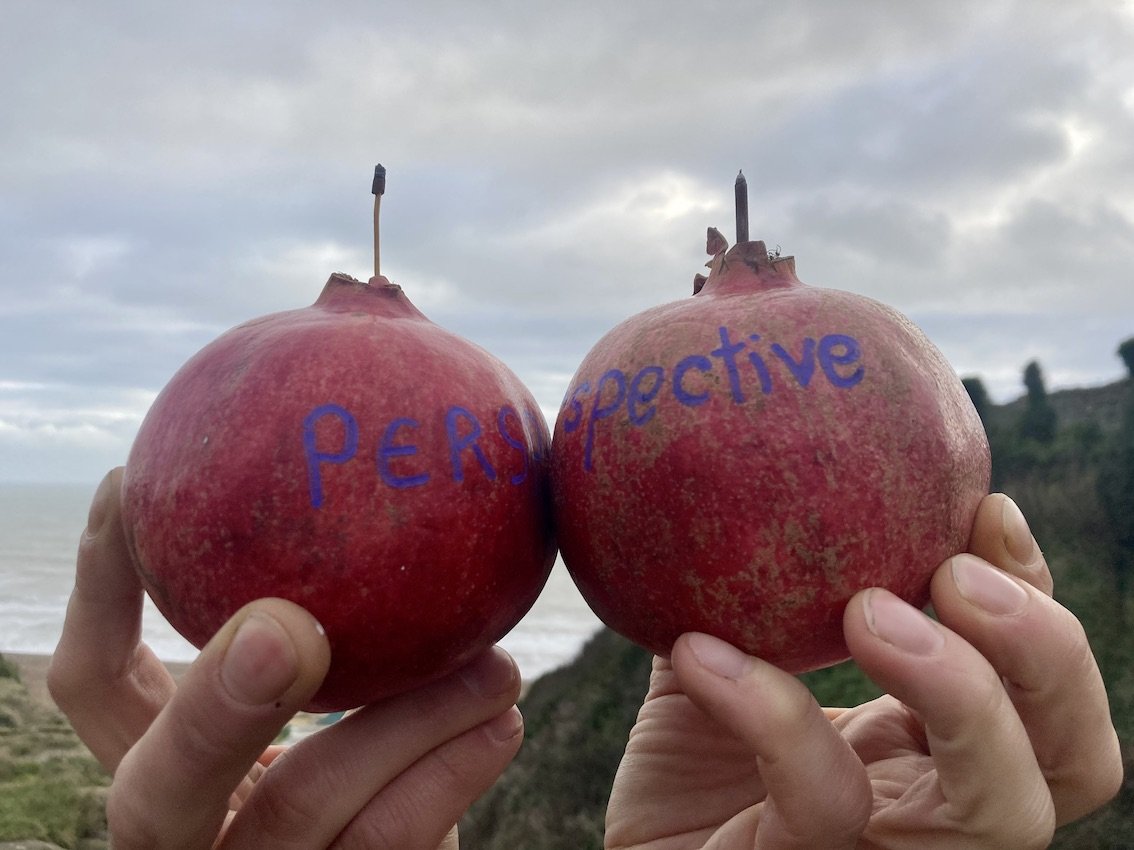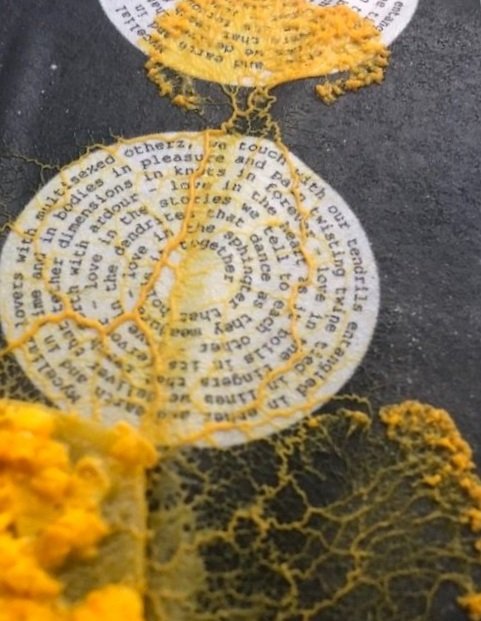
ABOUT DANNY NEMU
The Apocalypse and the Archetype
Google image search: “the end is nigh sandwich board”
My friend Timur texted me the other day to tell me I was an Alemy stock image.
He recently married a lovely girl who is Turkish and has been sheltered from some of the excesses of modernity. Now that their honeymoon is over, conversation naturally came round to the human instinct for apocalypse. He was explaining (mansplaining, no doubt) how weirdos stand on street corners with “The End is Nigh” signs, and went to Google for a visual aid to illustrate this important matter.
There he found me, in my robes, in front of St. Paul’s Cathedral. Twice!
I am a real reverend, though I tend to keep that quiet these days because irony is not evenly distributed in the world. I was ordained online for $15, in order to dress up in robes and marry people in Japan in the early ‘00s. Amen.
Anyway, you can buy me for £9.99, for personal use (£149.99 for use in a marketing package, but contact me directly and we can work something out, and I’ll throw in some wrinkles and facial hair at no extra cost).
And, to prove that this is no mere fluke, Google “the end is nigh street corner” and you’ll find an artist’s impression of me by the Occupied Times’ artist.
Google image search: “the end is nigh street corner”
This is the greatest compliment the internets could have given me. I feel (in the manic phase of revelation, before I’ve had a chance to consider the life choices that brought me to this point) like a Jungian archetype in the tortured unconscious of an embryonic egregore of a New Aeon.
Apoca-what?
Apocalypse, from the etymology, is the lifting of the veil - ‘apo’ (away) + ‘kalyptein’ (to cover). I’m interested in how veils that conceal the world are swept away; I’m also interested in the veils themselves.
I’ve long been gripped by a feeling that my lifetime would see historical forces ripping apart the fabric of consensus reality, but in my teens it manifested as a general terror against the background of the Cold War and unprecedented ecological destruction. This is not conducive to happiness or mental stability, so I began investigating tools to understand revelation: psychedelic (ie. “mind-revealing”) substances, obviously, mystical exercises and studies into the psychology of perception and the history of intellectual revolutions. A lifelong fascination with apocalyptic cultists began when the Jehovah’s Witnesses came to the house I was living in at university while I was smoking weed; I wrote my dissertation on how apocalyptic cults advanced knowledge about medicine and science, comparing Puritan sects in the 17th century and the Witnesses in the 20th, and called it “New Jerusalem or Old Hat
Science and Scientism
Science today occupies the same place as Aristotelian scholasticism in the Middle Ages - a knowledge system that has occupied the power structures of the age with bullet-proof internal logic and taboos about other systems that explain the world differently.
At its best, science is a method of interpreting the world that provides a framework and a common language to communicate about reality, and it can be beautiful and enlightening when we recognise its limitations and understand its history; my books cite hundreds of academic journals and I’ve contributed to two myself. At its worst, however, science - or rather, scientism - becomes a dogmatic set of doctrines that stifle the imagination and make us blind to other interpretive traditions that may have something worth exploring. I’m curious about other methods of knowledge production, particularly in the fields of medicine and Indigenous traditions. Regarding the latter, they are all fascinating but my focus is mainly South American shamanism and the ancient traditions of the Middle East.
Drugs in the Bible
If you google “drugs in the Bible” you just get a load of moralistic nonsense from boring Christians, but that is not for lack of material. I’ve published a peer-reviewed article in the Journal of Psychedelic Studies on the psychopharmacology of substances in the Bible, and discovered interactions in the recipes of Exodus 30 that went unnoticed by scholars of both Hebrew and pharmacology for generations. Look around the site for talks at Jewish study groups, conferences and festivals, where I have been distributing myrrh and frankincense like an enthusiastic (but financially challenged) Magi.
We tend to expect psychoactives to make us feel trippy or euphoric. While there is clearly recreational drug use in the Bible, traditional cultures using drugs in a ceremonial setting were more interested in getting answers than getting high. The questions were often on practical matters of survival in a tribal context: “where are we going to find water?”, “how can this disease be treated?” or “what is the best tactical move at this stage of the war?” These are all questions that Moses and the High Priests of the Israelites asked their tribal deity from their Tabernacle and temple hotboxes in a cloud of psychoactive resins. The recipe for the smoke is just one of the drug preparations listed in Exodus to facilitate encounters with the divine, and the mixtures of ingredients reveal a mastery of psychedelic science that is still unequalled today.
My current fascination is the synergies of plants in ancient Middle Eastern traditions. If you have some ideas or want to collaborate, please get in touch. Unless you represent some pharma-cannabis company or are patenting incensole acetate, in which case you can do one!
Psychoactives in general
Psychedelics and other drugs can open the mind to experiences usually beyond the reach of all but the profoundly neurodiverse, and used thoughtfully the apocalypses we are given can be keys to profound understanding. Used carelessly they can be equally revealing, but this time the message might be “you’re an idiot!”
The vast majority of my psychedelic explorations have taken place in a specific ritual container - Santo Daime, the Brazilian ayahuasca lineage which was the guiding force of my life for 24 years and taught me much of what I know about the world, cured me of a parasitic infection in the Amazon and gave me my children. I am profoundly grateful to the plants, the founders and the keepers of what is by far the most beautiful cult I have encountered. That said, I’m not actively involved at the moment, so please don’t ask me to hook you up.
I’ve always enjoyed running my brain off-piste, but as I get older I’m less interested in getting mash-up. I’m not completely disinterested, of course, though I have been more cautious ever since I mistook the identity of some unlabeled crystals at a birthday party. I was already halfway through a bottle of rum and expecting the evening to progress into euphoria and ungainly dancing, but instead I was dropped into the zone before terrestrial incarnation. When I returned to this plane - with the perceptual outlook and emotional intelligence of a newborn - I constellated some previously unexplored birth trauma onto some completely inappropriate people. It was uniquely informative, and I’m glad it happened, but I still get some weird looks. Wisdom can be hard-won sometimes.
Hypnosis and Trance
I’ve been fascinated with this kind of apocalypse since a hypnotherapist helped me out with public speaking, after my first interview about my first book tanked so badly that the podcaster refused to broadcast it. The hypnotist demolished the persona where I was a poor speaker in about 20 minutes, and today I get invited all over the place to present on my various obsessions, from drugs in scripture and the history of science to the occult and, indeed, hypnosis.
I have done street hypnosis, helping people to forget the number three or think they were comedians who could only speak Chinese, and I might do it again if you buy me a drink. But the real magic goes on in the quiet of the mind, in a container where people feel they can let go and explore. If you want to dip your toe into the waters of trance, try this 10-minute video (and yes, those are embedded commands).
Deep breath in.
And relax….
I’m on a mission to democratise trance and unleash the powers of the mind unfettered, partly because it is healing on an individual level and partly because directed trance can subvert the collective power structures that keep us from achieving our potentials. To that end, I offer group workshops and affordable audio inductions that take listeners to various zones of the imaginal, and I teach hypnosis. I also offer private trance work both online and in person, and hypnotherapy (which is more conventional but still with my own twist).
Get in touch to learn more.
Collective intelligence
The edges of our minds are as porous as our skins, but generally we like to think of them as impenetrable barriers that keep us apart from one another. Group rituals such as a choir or a football chant synchronise our breath and waves of emotional charge, and approach something of a collective apocalypse. When completely consumed with love and awash with pheromones we might merge with an object of fascination, and indeed with eternity, but time tends to reassert itself again, sooner or later, and the experience of separation can be difficult to bear.
Some creatures are much more adept than us at crossing this imaginary line between self and other. We rarely look beyond the limits of our own culture, let alone our own species, but there are kingdoms that rival our own intelligence despite their modest appearance. Slime mould amoebas, for example, are single-celled, and have neither brains nor nervous systems, and yet they map space and solve mazes where I get lost three minutes from my house. They predict rhythms in time and react to events in the future, like a person waking up before their morning alarm, but with more consistency (despite their slimy consistency). They efficiently manage and distribute resources in stark contrast to our species; the US alone discards the equivalent of 130 billion meals per year while one in ten of her citizens faces food insecurity. Networks in nature invite us to look behind the veil of our anthropocentrism to a world where intelligence is all around us, and often outdoing us, and we are merely one of its expressions. More on my love affair with slime mould here.
Regeneration
Networked intelligence is our birthright, and may be our best hope for weathering the storms that are gathering. Putting that into practice, I founded an international mutual aid organisation inspired by and modelled on nature’s networks to answer a question:
Could the collective intelligence of a networked global community meet the challenges we are failing to meet as individuals?
RAIN (Regenerative Agroforestry Impact Network) supports community-led projects in ecosystem restoration and food security with Indigenous nations, urban black women's groups and other marginalised populations in Brazil and beyond - click the logo to check it out, or watch the video on what NGOs can learn from slime moulds.
Congratulations Timur, may your marriage be long and fruitful.
The End is Nigh!







